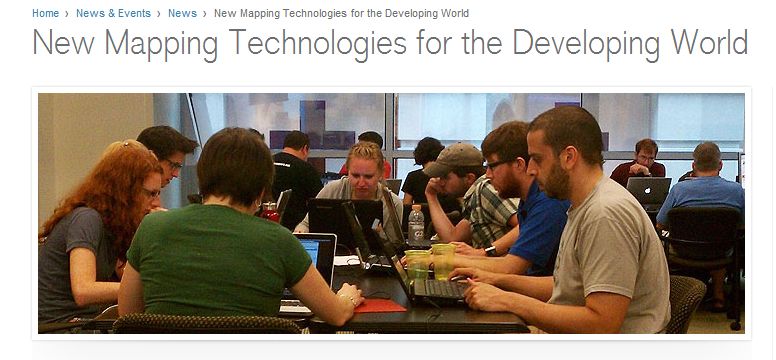With the release of TileMill 0.10.0, there are a series of new compositing operations available within the CartoCSS language and rendering engine. A brief review of these features seems to open up a world of new potential.
However, I have a problem. I work in an organization where our primary product is a hard-copy map. As we evolve our product line, our challenge is to produce digital, interactive, web-enabled versions of our hard-copy map content and maintain a high-level of cartographic goodness. Our cartographic team works in Adobe Illustrator, and are quite proficient in it.
The problem we face is having to do cartographic work twice in order to switch between Illustrator and the Web. There has to be a better way. We are currently using TileMill for a significant amount of our web rendering, but also intend to transition to GeoServer. This means we have .AI, CartoCSS and .SLD in the mix.
We need to keep Illustrator as our foundation for creating content, so what is the best option to extend to the web? First is the problem of converting from .AI to CartoCSS, specifically the conversion of graphic styles for each Illustrator layer to its CartoCSS equivalent. I’ve never heard of a converter tool for this and am interested to know if anyone (@opengeo @ortelius @mapbox @ericg @tmcw @springmeyer @kelso @mattpriour…anyone at Adobe) has an idea if it is feasible or the amount of effort it would take.
Second is the problem of having to convert .AI to both CartoCSS for TileMill and SLD for GeoServer. The best option would be to have GeoServer consume CartoCSS natively, that way offline tiles and web services could maintain the same cartographic styling.
I posed similar questions on Twitter to @cageyjames and @spara, and @spara’s reply got me thinking whether I was looking at this question the wrong way. Is this too old school to be considering tools like this, so I wanted to know if anyone else had been thinking about it.
Thankfully @mattpriour replied that work was already being planned at OpenGeo to implement CartoCSS for GeoServer. And @godwinsgo also replied that GeoServer already has some form of CSS style rendering. So it looks like the CartoCSS in GeoServer has a chance of being completed, that just leaves the .AI to CartoCSS conversion.
Anyone have any thoughts?

